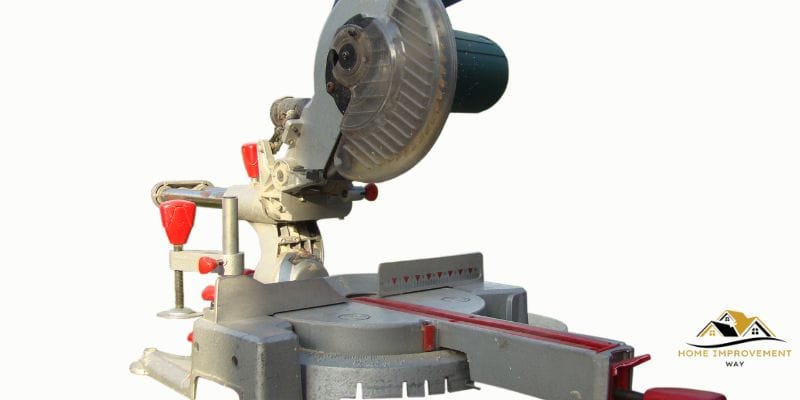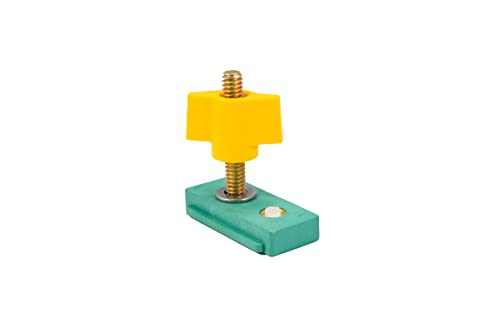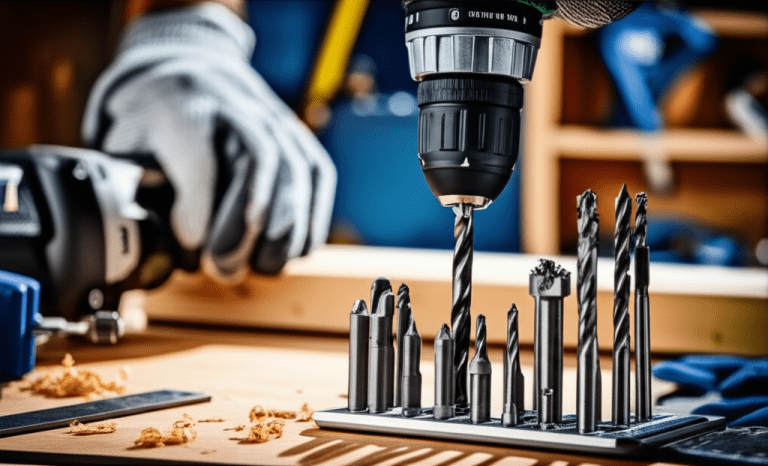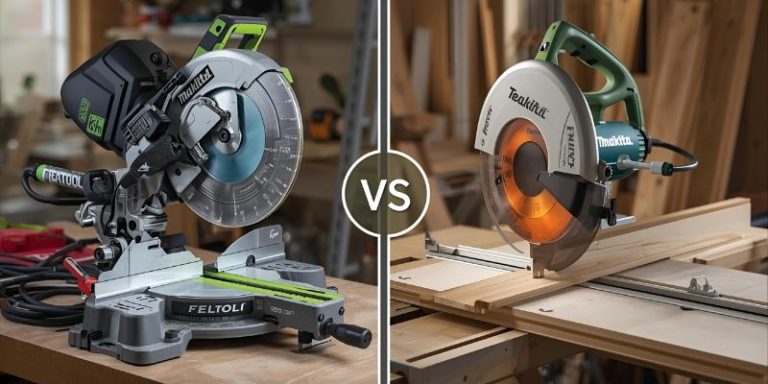10 Inch Vs 12 Inch Miter Saw: Choosing the Best for Woodworking
When deciding between a 10-inch and a 12-inch miter saw, consider the types of projects you’ll be working on and the size of the materials you’ll be cutting. A 10-inch miter saw is suitable for smaller projects and materials, while a 12-inch miter saw is better for larger and thicker materials.
Both have their own advantages, and your choice should depend on the specific requirements of your woodworking projects. The 10-inch miter saw provides portability and is ideal for DIY enthusiasts and smaller hobbyist projects, while the 12-inch miter saw offers a larger cutting capacity and is better suited for professional carpentry work and larger construction projects.
Understanding the differences between these two options will help you make an informed decision based on your specific needs.

Purpose Of Miter Saws In Woodworking
The purpose of miter saws in woodworking is crucial to ensure precise and angled cuts. Whether you are a professional woodworker or a DIY enthusiast, a miter saw is an essential tool for making accurate cuts at various angles for crown molding, picture frames, door frames, and more.
Precision Cuts
One of the key purposes of a miter saw in woodworking is to achieve precision cuts. Miter saws are designed to make accurate and clean cuts at specific angles, allowing woodworkers to create seamless joints for their projects. With the ability to set precise angles and make consistent cuts, miter saws are indispensable for achieving professional-looking results.
Versatility In Angled Cuts
Another important purpose of miter saws is their versatility in angled cuts. Woodworkers often need to make angled cuts for various projects, and a miter saw provides the flexibility to cut wood at different angles, such as bevel cuts, miter cuts, and compound cuts. This versatility allows for the creation of complex shapes and designs with ease, making the miter saw a valuable asset in any woodworking workshop.
Cutting Capacity
When comparing 10-inch and 12-inch miter saws, cutting capacity is a crucial factor to consider. The cutting capacity of a miter saw refers to the maximum size of the material it can effectively cut, both in terms of cross-cutting and bevel angles.
Cross-cutting Size
Cross-cutting size is one of the key aspects of a miter saw’s cutting capacity. A larger blade size typically results in a greater cross-cutting capacity. A 12-inch miter saw, with its larger blade, can handle wider and thicker materials compared to a 10-inch miter saw. This makes the 12-inch miter saw ideal for cutting wider boards, trim pieces, and larger framing materials, providing greater versatility for woodworking and construction projects.
Bevel Angles
Bevel angles also play a significant role in determining a miter saw’s cutting capacity. The ability to make bevel cuts on wider boards and thicker materials is essential for various woodworking tasks. With a larger blade and more powerful motor, a 12-inch miter saw can usually offer a wider range of bevel angles compared to a 10-inch miter saw. This allows for more precise and versatile cuts, especially when working with larger stock or creating complex angles in woodworking projects.
Impact On Efficiency
When comparing 10-inch and 12-inch miter saws, it’s essential to understand their impact on efficiency. From the ability to cut larger pieces to the blade options available, the size of the miter saw significantly influences its efficiency and productivity in woodworking projects.
Ability To Cut Larger Pieces
The size of a miter saw directly affects its ability to handle larger pieces of wood. A 12-inch miter saw has a greater capacity for cutting wider and thicker stock compared to a 10-inch saw. This can streamline the cutting process and allow for more efficient handling of larger workpieces, reducing the need for multiple cuts or adjustments.
An Overview Of Blade Options
Blade options play a crucial role in the efficiency of a miter saw. With a 12-inch miter saw, you have access to a wider range of blade options, including blades with larger diameters. This provides more versatility in cutting different materials and achieving various types of cuts, enhancing overall efficiency in woodworking applications.
Project Specificity
When it comes to choosing between a 10 inch and a 12 inch miter saw, project specificity plays a crucial role. The type of woodworking projects you undertake, along with your personal preferences and skill level, will determine which size miter saw is best suited for your needs.
Types Of Woodworking Projects
Different woodworking projects demand different tools, and choosing the right miter saw size is essential for achieving precision and efficiency.
For smaller, more intricate woodworking tasks such as crafting picture frames, molding, and other detailed trim work, a 10 inch miter saw may be more suitable. The smaller blade allows for more delicate cuts and finer details. On the other hand, larger scale projects like building decks, large furniture pieces, or cutting wider boards may require the power and cutting capacity of a 12 inch miter saw.

Personal Preferences And Skill Level
Considering your personal preferences and skill level is vital in ensuring the tool you choose aligns with your capabilities and comfort.
If you are new to woodworking or have limited strength, a 10 inch miter saw may be easier to handle and maneuver. Additionally, hobbyists or DIY enthusiasts who prioritize portability and space-saving may find the 10 inch miter saw more appealing. However, for experienced woodworkers or professionals who tackle a diverse range of projects and demand maximum cutting capacity, the 12 inch miter saw with its larger blade size and cutting range may be the preferred choice.
Frequently Asked Questions On 10 Inch Vs 12 Inch Miter Saw
What Are The Main Differences Between A 10-inch And A 12-inch Miter Saw?
The primary differences lie in the cutting capacity and the size of the materials they can handle. A 12-inch miter saw can cut larger and thicker pieces of material, offering greater versatility and efficiency compared to a 10-inch saw.
How Does The Blade Size Affect The Performance Of A Miter Saw?
The blade size directly impacts the cutting capacity of the miter saw. A larger blade allows for cutting wider and thicker materials, making the 12-inch miter saw advantageous for heavier-duty projects and larger pieces of wood, while the 10-inch saw is more suitable for lighter tasks and smaller stock.
Can A 10-inch Miter Saw Perform The Same Tasks As A 12-inch Saw?
While both saws can handle a variety of cutting tasks, the 12-inch miter saw offers more flexibility in terms of the materials it can cut. It’s important to consider the specific requirements of your projects to determine which saw is best suited for your needs.
What Are The Advantages Of Choosing A 10-inch Miter Saw Over A 12-inch Model?
The 10-inch miter saw is typically more compact and lighter, making it easier to transport and maneuver. It’s also more affordable and well-suited for smaller-scale projects and DIY enthusiasts who don’t require the cutting capacity of a 12-inch saw.
Conclusion
To sum up, both 10-inch and 12-inch miter saws have their own pros and cons. Consider your specific needs and budget when choosing between the two. The 10-inch saw offers better portability, while the 12-inch provides wider cutting capacity. Ultimately, the right choice depends on your individual requirements and preferences.







